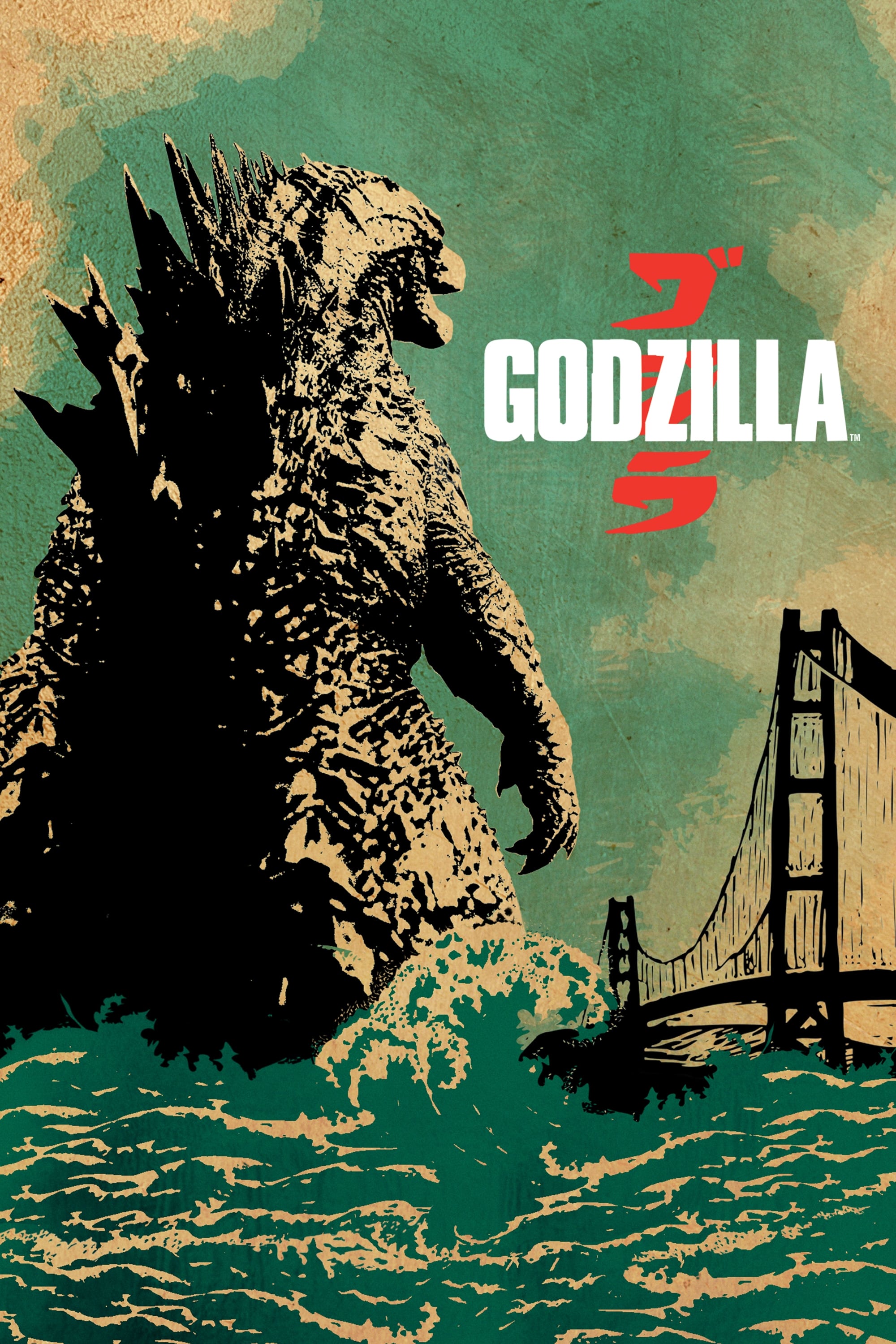We Call It Godzilla: Starting Point
Ten years ago, what seemed like an ordinary Hollywood blockbuster ended in a most inexplicable way, and the blog you are reading will examine the sixty years of history that allowed it to happen.

The blockbuster in question, 2014’s Godzilla, follows the pattern of many an action-disaster movie: a force appears that threatens to destroy the world, with an everyman protagonist caught in its path. The way the narrative usually works is that the protagonist and their family and/or community survive through any combination of ingenuity, perseverance, or luck, signaling the ultimate endurance of humanity in the face of destruction. A variation on this formula was seen in the previous year’s giant monster blockbuster, Guillermo Del Toro’s Pacific Rim, in which the nations of the world used giant robots to repel an extraterrestrial giant monster invasion. In the case of Godzilla, the antagonistic force is a pair of giant monsters with the power to cause massive electromagnetic disturbances, opposed by the United States military. The arc of the plot seems clear from the outset.
In Godzilla, however, things play out more strangely than the norm. It’s common in both the disaster/monster movie genres for the authorities to bumble in their attempts to stop the crisis, but in this film, the US military’s catastrophic fuck-ups are on another level. Not only do none of their strategies against the two monsters work, their mistakes actually hand the monsters a timed nuclear weapon with which to build their nest around in the middle of the city (the monsters feed on radiation, you see). Our soldier protagonist knows he has to destroy the nest and defuse the bomb, but the film’s story has handed him no means to defeat the monsters in order to do so: no giant robot, no miracle potion, no last minute special weapon with which he could slay the beasts. As the hopelessness of the situation grows, it looks like humanity might actually lose.
Indeed, the day is only saved when a giant fire-breathing dinosaur-like creature that has heretofore existed on the margins of the plot fully enters the fray, slaughters the monsters, and allows the protagonist to destroy the nest. The dinosaur creature, which we are told is named Gojira in Japanese and Godzilla in English, even happens to save a bus full of schoolchildren along the way.
This is exceedingly bizarre. A Hollywood blockbuster where the day-saving duty is shared with a character that a) possesses zero speaking lines, b) has no meaningful interaction with the human protagonist? That isn’t the sort of thing that’s supposed to happen according to most screenwriting manuals, and indeed not the sort of story that Hollywood executives are supposed to sign off on during pitch meetings.
Doing a little digging, the curious viewer in 2014 would find that the rule-breaking movie they just watched is a reboot of a Japanese film series that had been around since 1954 and had produced a breath-taking twenty-nine theatrical films in that time. Knowing that wouldn’t explain everything about the 2014 film nor the subsequent Godzilla films during the next decade, such as why the title character would be a villain as often as a hero in them. The next Superman movie won’t portray Clark Kent as a cackling evil supervillain akin to the Joker, after all. And yet, Godzilla occupies an antagonistic role in the 2023 film Godzilla Minus One, which recently broke records to become the highest grossing Japanese film in North American box office history and secured the series’ first win at the Oscars. Despite such a difference from the 2014 film, the Godzillas in both are recognizable variations on the same character.
How did this happen? How did a giant monster gain such uncanny power; the power to become a global cultural icon that could sustain a media universe through seven decades and counting, but also the conceptual flexibility and depth to play hero or villain as needed? And furthermore, how on earth are there enough stories about this monster to have cranked out almost forty films about what’s basically a giant lizard portrayed, for most of his history, by stuntmen in often dubious-looking latex suits?
Let’s start at the beginning.

Comments
Post a Comment